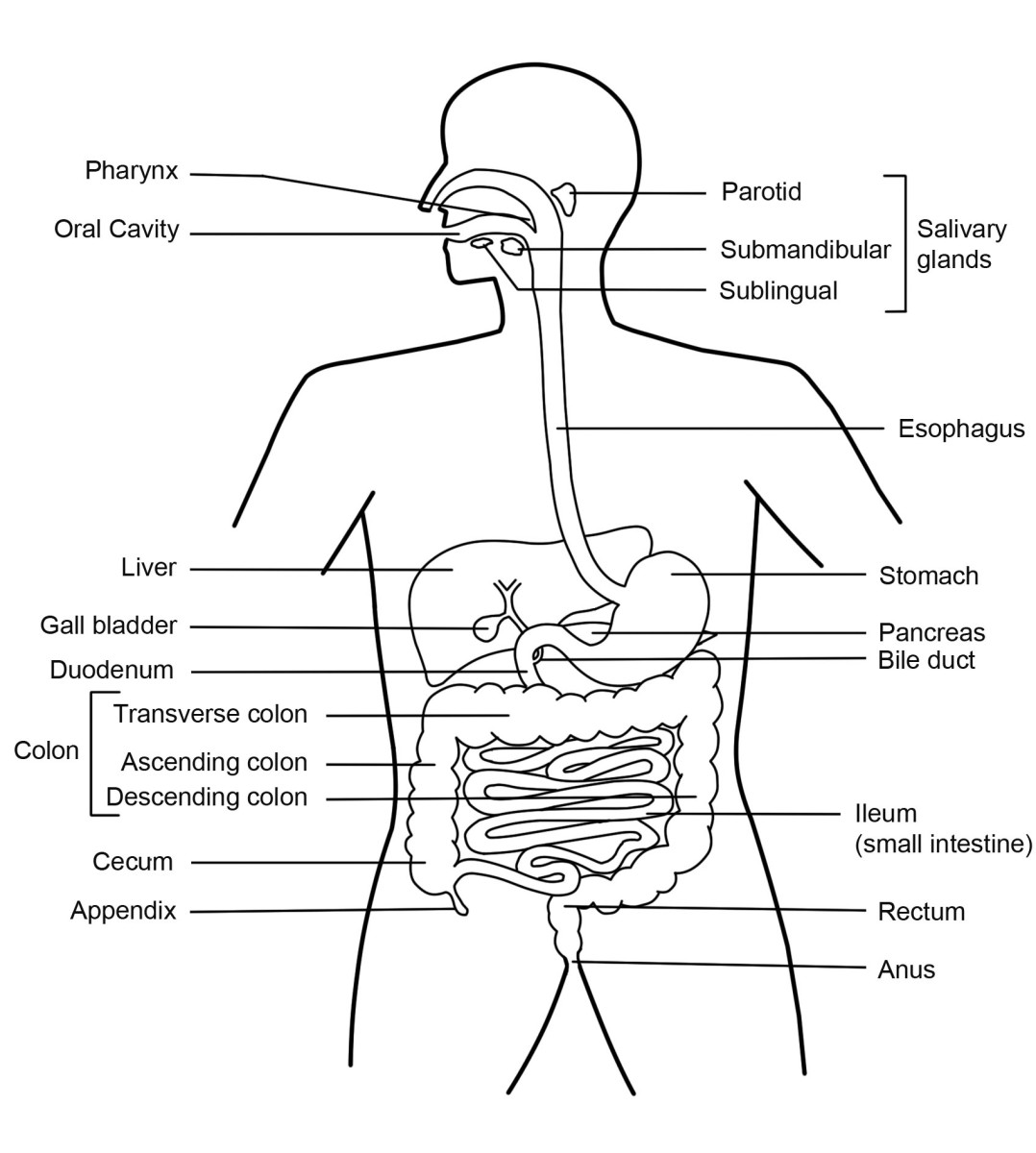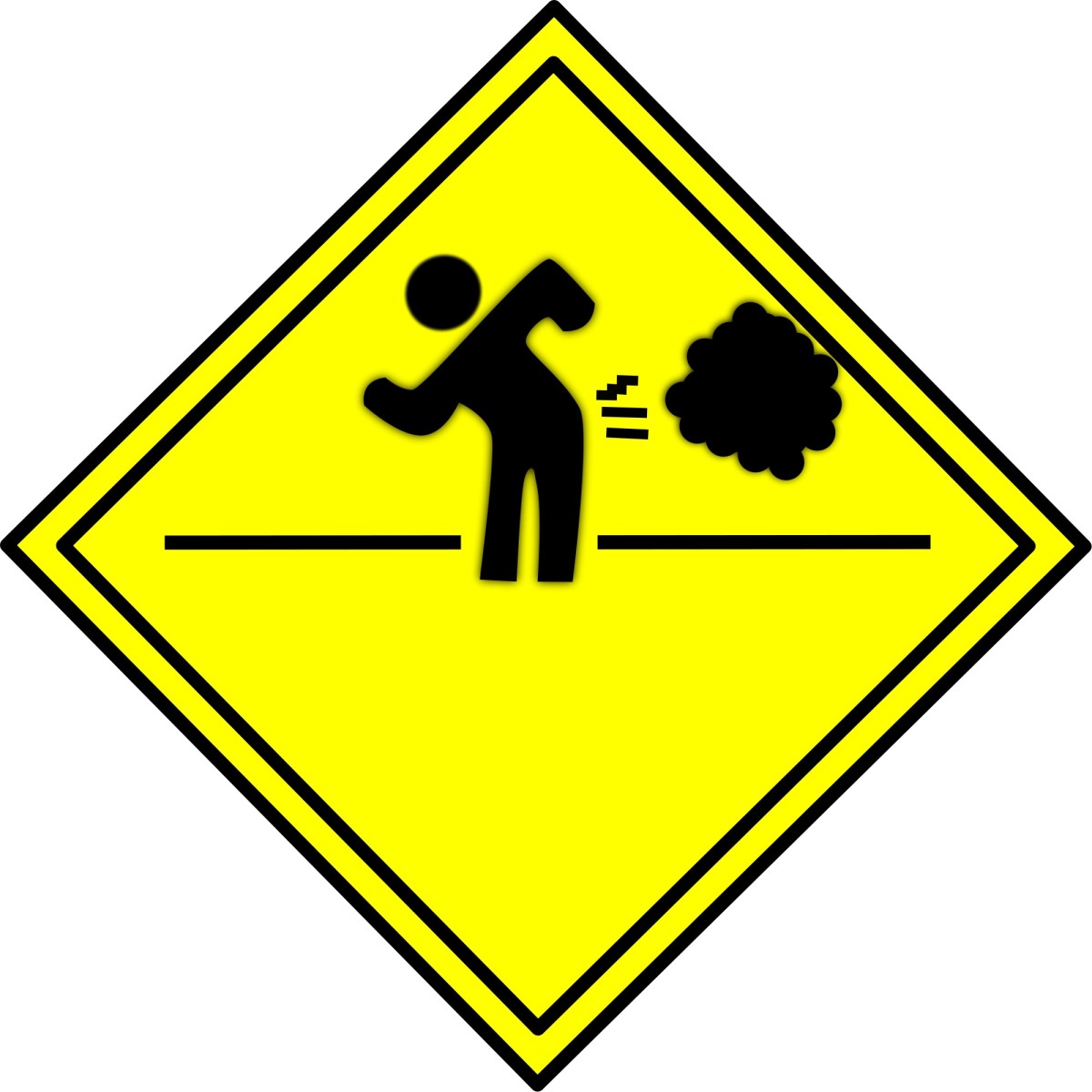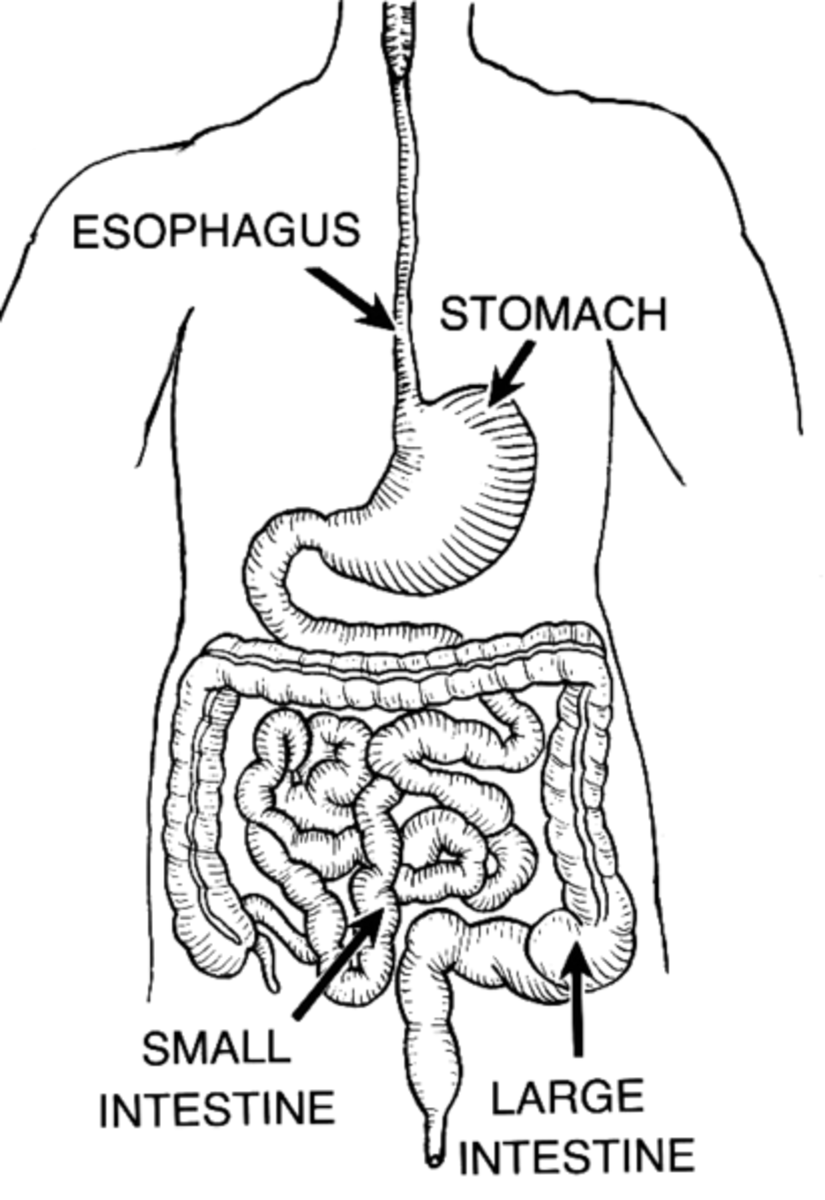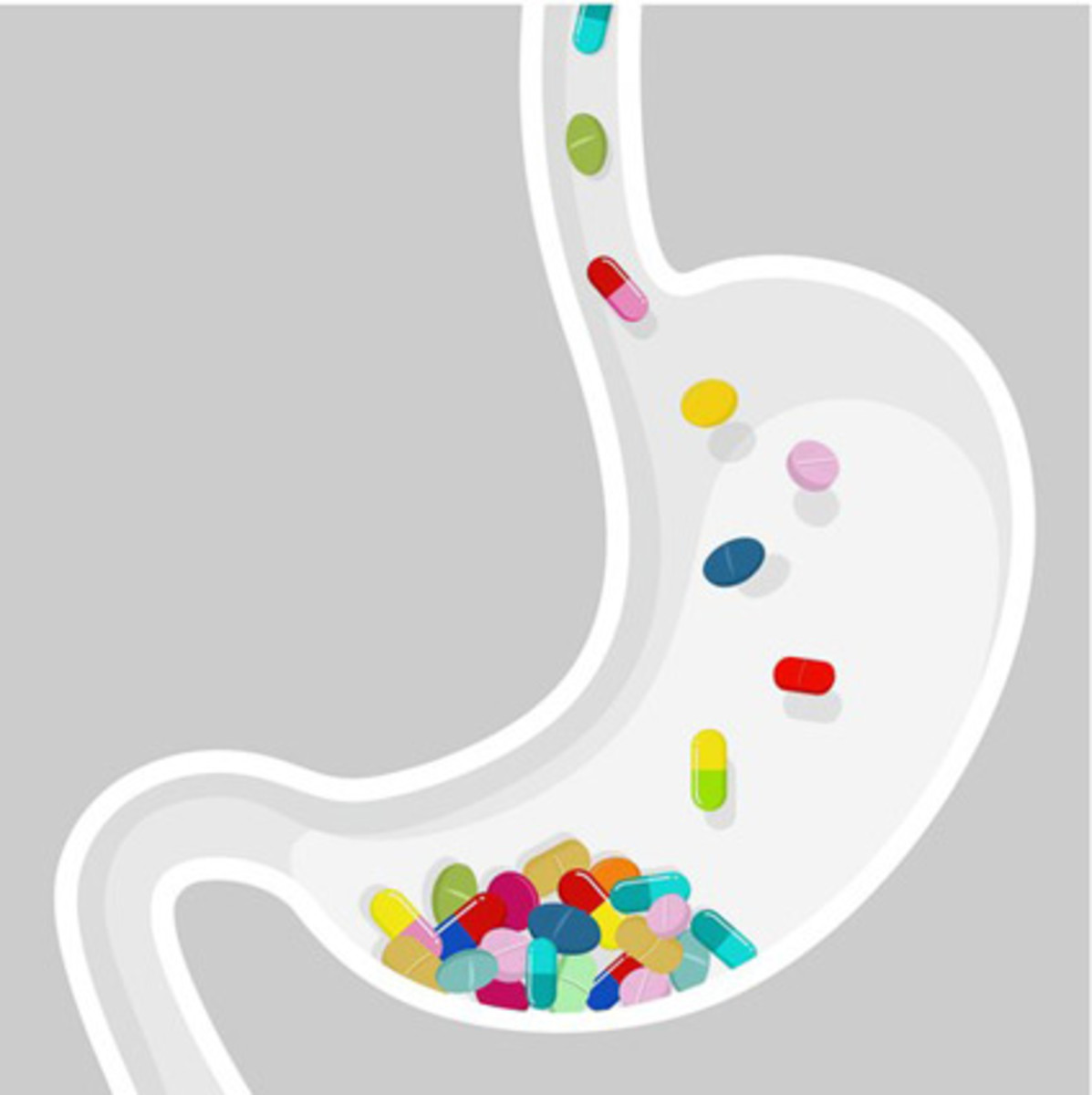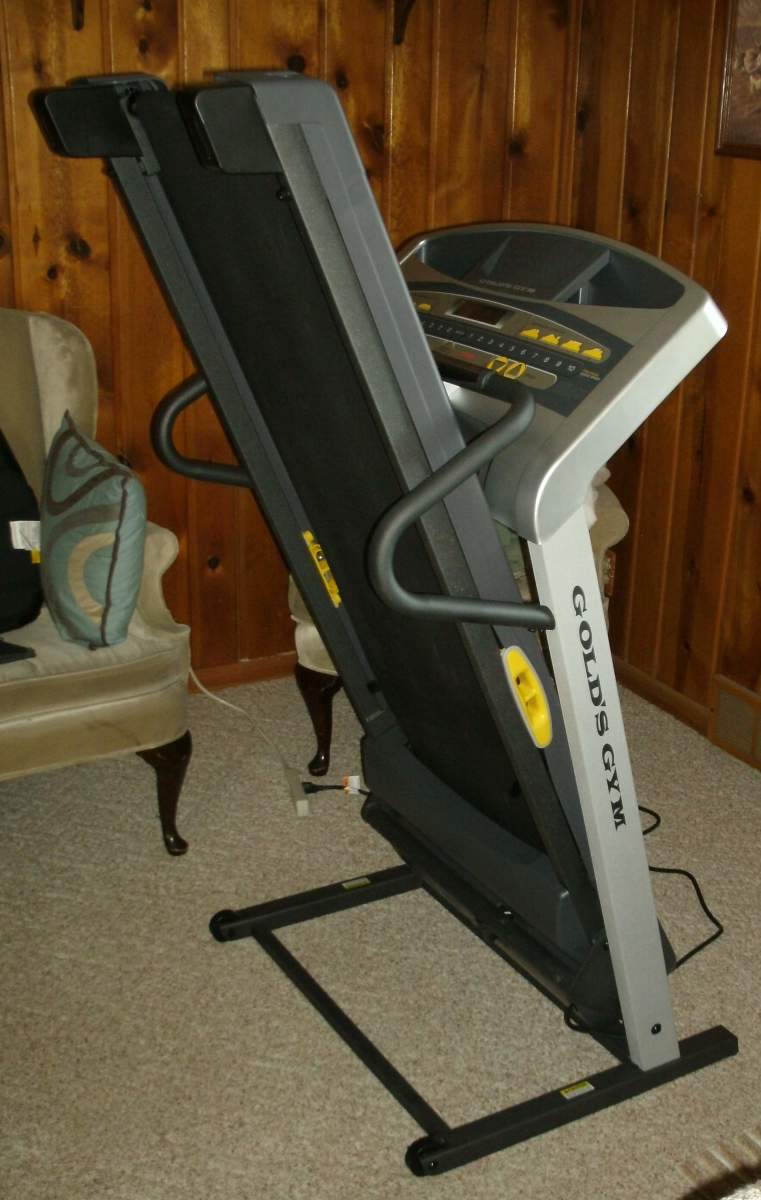Can't lose weight anymore
Can't lose weight like i used to
Quite often when we want to lose weight and can’t we blame our metabolism, hormones and often anything else except the type of food we put in our mouths.
It is true that people can have an illness that involves weight gain but this is not the case for everyone . Some of these illnesses can be controlled with certain food types and exercise which we will look at later.
For those of you reading this, my guess is that you are serious about losing weight for a number of reasons. So lets take a little look at what is important to understand before you start your long journey of weight reduction.
I would like to take you on
a tour of the digestive system and hopefully let you understand how the human
fuel tank helps keep the body running smoothly each day. If you are like most
people, you take your digestive system for granted. As long as it is working
well, you seldom think of it. Actually, your digestive system is really a
wonderful piece of work.
You may think that you feed your gut. Actually, your gut feeds you. Most of the
food you eat would be as deadly as poison if it got directly into your
bloodstream.
The digestive system
The digestive system is a map of tunnels that wind their way through your body from entrance point to exit point of food. On route the food is broken down and processed into useable components to keep your body working for you.
Muscles are fed to provide energy and your brain is fed to keep you thinking sensibly.
If you don’t eat or drink you will be tired, lethargic and your thoughts will go haywire. The digestive system is a valuable instrument and you need it to keep you functioning normally. This system is precious and it is your job to look after it well. If you don’t look after it well it will pay you back accordingly.
Organs that make up the digestive tract are the mouth, esophagus, stomach, small intestine, large intestine—also called the colon—rectum, and anus. Inside these hollow organs is a lining called the mucosa. In the mouth, stomach, and small intestine, the mucosa contains tiny glands that produce juices to help digest food. The digestive tract also contains a layer of smooth muscle that helps break down food and move it along the tract.
In addition to the snake like intestine which is hollow we have our liver and pancreas. These organs provide digestive juices to the intestine which helps break your food intake down to useable components. Now if you over eat what do you think happens?
These poor guys have to work overtime, where is the fairness in that?
Only so much energy is needed and excess will be stored like we stock our cupboards with food, just incase it is needed. Our bodies are not at all like our cupboards which don’t expand to provide the extra storage room. Our bodies just keep finding new storage rooms to accommodate our supplies. Our muscles expand to carry the extra weight and our brains eventually help us to convince ourselves that all is well and we still look good.
Movement of Food Through the System
The stomach is the first resting place of the food you take in and there are three jobs taking place here. First, it stores the swallowed food and liquid. To do this, the muscle of the upper part of the stomach has to relax to accommodate the growing stomach bag. The second job is to mix up the food, liquid, and digestive juice produced by the stomach. The third task of the stomach is to empty its contents slowly into the small intestine.
Different types of food exit the stomach at different rates.
Carbohydrates, for example, spend the least amount of time in the stomach, while protein stays in the stomach longer, and fats the longest. Foods dissolve due to the juice mixed in from the pancreas, liver or intestine before being transported further down the system.
Finally, the digested nutrients are absorbed through the intestinal walls and transported throughout the body. The waste products of this process include undigested parts of the food, such as fiber. These materials are pushed into the colon, where they remain until the remainders are expelled by a bowel movement.
The liver, produces another digestive juice called the bile. Bile is stored between meals in the gallbladder. At mealtime, it is squeezed out of the gallbladder, through the bile ducts, and into the intestine to mix with the fat in food. The bile acids dissolve fat into the watery contents of the intestine. After fat is dissolved, it is digested by enzymes from the pancreas and the lining of the intestine.
The pancreas also has the job of producing
insulin to regulate the level of sugar in your blood. A malfunction here leads
to diabetes.
Absorption and Transport of Nutrients
Only water, alcohol, and certain drugs seem to
be absorbed by the stomach; most food absorption takes place in the small
intestine.
Most digested molecules of food, as well as water and minerals, are absorbed
through the small intestine. Specialized cells allow absorbed materials to
cross the mucosa into the blood, where they are carried off in the bloodstream
to other parts of the body for storage or further chemical change. This part of
the process varies with different types of nutrients.
Carbohydrates.
Foods rich in carbohydrates include bread, potatoes, dried peas and beans, rice, pasta, fruits, and vegetables. Many of these foods contain both starch and fiber.
Starch is digested in two steps. First, an enzyme in the saliva and pancreatic juice breaks the starch into molecules called maltose. Then an enzyme in the lining of the small intestine splits the maltose into glucose molecules that can be absorbed into the blood. Glucose is carried through the bloodstream to the liver, where it is stored or used to provide energy for the work of the body.
Sugars are digested in one step. An enzyme in the lining of the small intestine digests sucrose, also known as table sugar, into glucose and fructose, which are absorbed through the intestine into the blood. Milk contains another type of sugar, lactose, which is changed into absorbable molecules by another enzyme in the intestinal lining.
Fiber is undigestible and moves through the digestive tract without being broken down by enzymes. Many foods contain both soluble and insoluble fiber. Soluble fiber dissolves easily in water and takes on a soft, gel-like texture in the intestines. Insoluble fiber, on the other hand, passes essentially unchanged through the intestines.
Protein. Foods such as meat, eggs, and beans consist of giant molecules of protein that must be digested by enzymes before they can be used to build and repair body tissues. The breakdown of huge protein molecules are broken into small molecules called amino acids. These small molecules can be absorbed through the small intestine into the blood and then be carried to all parts of the body to build the walls and other parts of cells.
Fats. Fat molecules are a rich source of energy for the body. After fat is broken down to watery molecules in the intestine bile acids produced by the liver dissolve fat into tiny droplets and allow pancreatic and intestinal enzymes to break the large fat molecules into smaller ones. Some of these small molecules are fatty acids and cholesterol. The bile acids combine with the fatty acids and cholesterol and help these molecules move . Once in cells the small molecules are formed back into large ones, most of which pass into vessels called lymphatics near the intestine. These small vessels carry the reformed fat to the veins of the chest, and the blood carries the fat to storage depots in different parts of the body.
Vitamins. There are two types of vitamins classified by the fluid in which they can be dissolved: water-soluble vitamins (all the B vitamins and vitamin C) and fat-soluble vitamins (vitamins A, D, E, and K). Fat-soluble vitamins are stored in the liver and fatty tissue of the body, whereas water-soluble vitamins are not easily stored and excess amounts are flushed out in the urine.
Water and salt. Most of the material absorbed through the small intestine is water in which salt is dissolved. The salt and water come from the food and liquid you swallow and the juices secreted by the many digestive glan
Digestion and Hormone Regulators
Major hormones controlling functions of the digestive system are produced by cells in the mucosa of the stomach and small intestine. These hormones are released into the blood of the digestive tract, travel back to the heart and through the arteries, and return to the digestive system where they stimulate digestive juices and cause organ movement.
Hormones that control digestion are gastrin, secretin, and cholecystokinin (CCK):
- Gastrin causes the stomach to produce an acid for dissolving and digesting some foods. Gastrin is also necessary for normal cell growth in the lining of the stomach, small intestine, and colon.
- Secretin causes the pancreas to send out a digestive juice that is rich in bicarbonate. The bicarbonate helps neutralize the acidic stomach contents as they enter the small intestine. Secretin also stimulates the stomach to produce pepsin, an enzyme that digests protein, and stimulates the liver to produce bile.
- CCK causes the pancreas to produce the enzymes of pancreatic juice, and causes the gallbladder to empty. It also promotes normal cell growth of the pancreas.
Why do women gain wait around menopause?
This is a question I hear patients asking quite often. Most women gain weight in perimenopause, especially around their waist and hips. even if they claim to be dieting.
Somehow their whole system seems to have slowed down.
Why is this? The answer lies in the link between hormonal balance and body f
The first and most basic link is between insulin metabolism and body fat. Most of us eat a conventional low-fat, high-carbohydrate diet, with lots of processed foods (pasta, breads, most snacks, beer and wine, etc.).
These foods are a source of fast energy and can in excess lead to a condition known as insulin resistance where the body converts every calorie it can into fat. This happens especially when the body is not using enough energy through exercise or mobility. The fast sugar source cannot be used up fast enough and is therefore stored in cells ready for later use. Many athletes stock up on carbohydrates ( Pasta ) before competitive events. This gives their muscles a fast supply of energy to run for example the marathon.
Another factor to be aware of is stress . Stress hormones block weight loss. This is sometimes called the "famine effect": despite adequate food, the body interprets prolonged stress as a famine, and once again, the body thinks it should store every spare calorie as fat.
In today’s society, women are inundated with stress . Chronic stress repeatedly forces the adrenal glands to sustain high levels of cortisol and two things happen: first, the adrenals can’t attend to their broader role in hormonal regulation because the same resources they use to make hormones like estrogen are required to make cortisol, and second, cortisol starts to damage healthy tissues. This can result in adrenal fatigue and many women experience symptoms such as weight gain, fatigue, insomnia, fuzzy thinking,
When women live under high stress conditions and combine this with many high carbohydrate quick meals the results can be disastrous over time. This creates such a powerful hormonal imbalance that weight gain is almost inevitable.
As perimenopause can start already for some in their late 30’s when children are still quite young and demanding it is not unusual for women to get into the habit of Yo-yo dieting .
Yo.yo diets are in themselves very stressful for the body and each new diet becomes less and less effective. The minute starvation is detected the body thinks “famine” once again and closes down.
Many of us compensate when dieting and turn to artificial sweeteners thinking that we can avoid the high calories associated with real sugar. While it is true that the calorie content is very low and will not add the pounds on, but they are still potentially a threat to our health. Artificial sweetners can mimic sugar so well that the body produces insulin to metabolize it. This can lead to the undesirable insulin resistance.
Women with adrenal imbalance often have visceral fat deposits. This is the so called “spare tire”
Usually when we haven’t eaten for a while, our blood sugar (glucose) drops and the brain sends a message to the adrenals to release cortisol which in turn mobilizes glucose (via glycogen in the liver), amino acids (primarily from muscles), and fat (from fat cells). This prevents a condition called hypoglycemia (low blood sugar). This is to ensure that your brain and body can function even though food supplies are low . So cortisol maintains glucose levels in the blood, while insulin helps transport glucose into the cells.
With long-term stress, cortisol and insulin remain high in the blood, and the extra glucose that isn’t needed for energy gets stored in the form of fat in our fat cells primarily in the abdominal fat cells.
To deal with this problem it is important to keep blood sugar at optimal levels. Never too high and never too low. This entails keeping a healthy diet. Over time this will cause weight loss as the body will regulate the sugar storage. Eating 3 meals per day is an absolute must.
The role of other hormones in menopause weight increase
Estrogen: The levels of estrogen usually get lower towards menopause causing cessation of ovulation. When estrogen production levels get significantly lower by the ovaries causes a woman’s body to search for other sources of estrogen. Another source of estrogen is fat cells, so your body learns to convert more calories into fat, in order to increase estrogen production. This means weight gain.
Progesterone: It is also common for progesterone levels to decrease during menopause. Progesterone’s role in weight gain is more deceiving; low levels of the hormone do not actually cause you to gain weight, but instead cause water retention or bloating. This annoying side effect makes you feel heavier and makes your clothes fit tighter.
Testosterone: Testosterone in a women works to build and maintain muscle mass among other things. These muscle cells work to burn calories in your body and cause a higher metabolism. Levels of this hormone decrease during menopause causing the loss of muscle mass and hence result in lower metabolism. This also results in weight gain.
Androgen: This hormone is responsible for sending your new weight directly to your middle section. In fact, weight gain during menopausal years is often known as "middle age spread" because of the rapid growth of the mid-section. Often, one of the first signs ofmenopause is an increase of androgen in your body, which causes you to gain weight around your abdominals instead of around your lower half.
Some women do put on excessive weight during menopause. This could be a sign that something is wrong with your hormone levels, blood sugars, or eating habits. Get checked out by your doctor if your weight gain is out of control. Excessive fat stored around the abdomen can lead to an increased risk for heart disease and high blood pressure.
References:
http://www.bodylogicmd.com/for-women/hormones-and-weight-gain

